Receive the Historical Messenger in your inbox once every two weeks by signing up for our mailing list!
|
This issue: Contents
Tuesday, September 20, 2016
Editor’s NoteWe’re now well into September and Fall is officially here. But we don’t need to mourn Summer! The St. Croix Valley is simply stunning once it begins sporting its Autumn colors. In fact, Travel & Leisure Magazine awarded Stillwater the third best town in the country for seeing fall colors. So finish up the rest of the e-newsletter and plan your day trip out to Stillwater! (Just make sure to include a tour of the Warden’s House Museum on your itinerary!) Speaking of trips to Stillwater, I hope to see you this Thursday at our 2016 Annual Fall Membership Meeting! Check out our first News Story to see how to reserve your spot now! Let WCHS help you get into the Halloween mood with our ‘spooky’ line-up of events in October! Scroll down to our second News Story for more information our movie screening and always popular Paranormal event! Get your thinkin’ caps on for today’s “What Is This Thing?!” challenge! If you’re reading this e-newsletter, you obviously are at least a bit interested in history and, again obviously, that isn’t a new personality trait. In today’s Old News we’ll learn a little bit about how people in the past looked at their own history. Finally, we’ll close up today’s e-newsletter with a trip down the river from Stillwater to the small, but surprisingly historic, city of Lakeland. Sean Pallas Historical Messenger editor and Warden’s House Site Manager WCHS NewsFall Membership Meeting – This Thursday!Fall Membership Meeting with Author Frank White Thurs. September 22nd @ 5:30 – 9:00 PM – Water Street Inn, Stillwater
Reservations are $20 for WCHS Members and $25 for Non-Members.Reservations include dinner and admission to the program. A century before Kirby Puckett led the Minnesota Twins to World Series championships, Minnesota was home to countless talented African American baseball players, yet few of them are known to fans today. During the many decades that Major League Baseball and its affiliates imposed a strict policy of segregation, black ballplayers in Minnesota were relegated to a haphazard array of semipro leagues, barnstorming clubs, and loose organizations of all-black teams—many of which are lost to history. “They Played for the Love of the Game” recovers that history by sharing stories of African American ballplayers in Minnesota, from the 1870s to the 1960s, through photos, artifacts, and spoken histories passed through the generations. Author Frank White’s own father was one of the top catchers in the Twin Cities in his day, a fact that White did not learn until late in life. While the stories tell of denial, hardship, and segregation, they are highlighted by athletes who persevered and were united by their love of the sport. More Events WCHS NewsOctober Frights at the Warden’s House
Thurs. October 20th @ 6:30 – 8:00 PM – Warden’s House, Stillwater Join the Washington County Historical Society for a night of (relatively quiet) terror beneath the stars as we screen the 1925 silent-film classic “The Phantom of the Opera” at the Warden’s House Museum! The screening will begin at 6:30 PM and the museum will be open to the public from 5:30 until when the film begins. The movie will be shown outside so we recommend dressing warm and please feel free to bring lawn chairs & blankets to sit on. The selection of “Phantom of the Opera” is not only appropriate for the Halloween season – but also because the film features the performance of Olive Ann Alcorn – a Stillwater native! Bring out the family and help re-capture some of the lost magic of watching a movie outdoors! This is a free event made possible by WCHS’ generous supporters and donors. Concessions will be available for purchase.
Sat. October 29th @ 11:00 AM, 3:00, & 7:00 PM – Warden’s House, Stillwater On Saturday, October 29th, the Johnsdale Paranormal Group will host their fourth annual, “Paranormal Investigations: Techniques & Theories” program at the Warden’s House Museum. The free event will be held at the Warden’s House Museum in Stillwater. They will host encore presentations at 11:00AM, 3:00PM, and 7:00PM. Each time slot will feature the same program and will last about 80 minutes. Get yourself into the Halloween mood and learn about all the exciting investigations performed by the Johnsdale Paranormal Group at such famously haunted locales such as the Mabel Tainter Theater in Menomonie, Wisconsin, the S.S. William A. Irvin in Duluth, the Squirrel Cage Jail in Council Bluffs, Iowa, and of course, the Warden’s House itself! During this open to the public presentation, founder Justin Miner and his co-investigators will delve into the audio and video recorded evidence they have collected while explaining the state-of-the-art equipment, theories, and techniques used during a “ghost hunt”. What is This Thing?!
What Is This Thing?! (Round 45) Due to some technical difficulties (aka user error on my part), last issue’s What Is This Thing?! was made especially difficult as the picture appeared distorted and on its side when opening the e-newsletter in most email clients…that problem should now be taken care of and the unintentional added challenge has been removed! If you couldn’t tell from the peculiar photo – the last challenge featured the top of a kerosene lamp! Specifically this Meriden Bronze Company lamp ca. 1890. The Meriden Bronze Company operated on the east coast and specialized in ornate and detailed brass light fixtures such as our lamp. From 1887 to 1896, when the company went out of business, the Meriden Bronze Company obtained 38 separate patents for innovative light-fixture designs. When the Warden’s House was originally built, candles and lanterns such as these would have been the only source of light in the otherwise dark and depressing stone structure. It wasn’t until the 1870s that gas lighting was brought to the home, which itself would be replaced with electric lighting in 1888. Thank you to everyone who overlooked the strange angle and stretched photo to take a guess at last week’s challenge! Time to zoom in to our next artifact! Can you identify the WCHS artifact photographed above? If you’d care to venture an answer, you can send an email to me at sean.pallas@wchsmn.org, tweet @WCHSMN, or post your guess on our Facebook page. Good luck! Old News1890 Looks Back At Their HistoryAs the ‘frontier’ became a little less wild near the end of the 19th century, aging former-pioneers began forming organizations to preserve and share the stories of the communities they had founded. Many Historical Society’s around the country owe their start to these groups. By the 1890s, Stillwater’s frontier days were long behind her. Prosperity had hit the St. Croix Valley in full force and the town boasted factories, railroads, telephones, and even electric lights. The following brief article makes note of the men present at that year’s “Old Settlers’ Association’ meeting. Their numbers include a former Governor of the State, the first mayor of Stillwater, a former Warden of the Prison (and another Warden is mentioned to have recently passed), and Civil War veterans. Stillwater Messenger – Sept 20, 1890 The seventeenth annual reunion of the old settlers’ association of the St. Croix valley was held Thursday afternoon at the Sawyer house. The following is a list of members present: Gov. Alexander Ramsey, Nathan Myrick, John D. Ludden, D.A.J. Baker, St. Paul; Robert Hasty, Minneapolis; W.H.C. Folsom and H.N. Setzer, Taylor’s Falls; John McKusick, E.W. Durant, T.P. Ramsden, Adam Marty, William Willim, Josiah Staples, Joseph Perro, Robert Sampson, and Sylvanus Trask. Mr. Folsom, chairman of the obituary committee, read the following names who have died during the past year: Henry Jackman, Wm. M. McCluer, Stillwater; Chas. E. Leonard, St. Paul; Oliver S. Powell, River Falls; Martin Mower, Arcola, and Antoine La Pointe, Baytown. After the business meeting the afternoon was pleasantly spent talking over old days way back in the forties and fifties when the name of Minnesota had not been invented, this being the territory of Wisconsin. Although several members of the association have die during the past few years new ones have taken their places and the membership has not materially decreases. The meeting ended with a sumptuous banquet at the Sawyer house, which was elegantly served under the supervision of Elmore Lowell, the popular landlord. Featured ArticleLakeland in the Land of Lakes
Commercial development was attracted to the area. In 1850 a there was a wagon-making shop. A post office was established in 1854 and a mercantile store was opened in 1855 by A. D. Kingsley and Joseph Wilson, followed by a blacksmith shop, doctor, lawyer, and saloon. The first school in Lakeland was taught by Harriet Newell in a private home, but in 1855 a school building was built. By 1858 there were 14 stores, hotels, shops, and dwellings. This development was arranged around Shanghai cooley, a ravine at the northern end of the village named for some Asian fowl brought there by Freeman C. Tyler—in fact, the settlement was often referred to as Shanghai Cooley. In 1855 the editor of the St. Paul Pioneer suggested building a “newstyle house” of “grout,” which was a cement of lime, mud, sand, and gravel. John T. Cyphers was taken with this notion and by 1858 had built a remarkable “grout house” that still stands in Lakeland. He poured the cement-like material between wooden forms to build up walls nearly two feet thick.
Nelson, a Stillwater lumberman, also built a grist mill in 1859 and a warehouse for handing wheat was erected in 1861 by Clement and Huntoon. The Munch Brothers began building boats in 1871. They constructed the steamer Osceola and several barges that year, but the enterprise seems to have folded shortly thereafter. Another plat of Lakeland City was made in anticipation of the St. Paul & Milwaukee railroad, which was constructed in 1880. It featured a two-block public square and several mill sites and riverside depot grounds within the nearly 90-block plat. A number of investors entered additional plats at the edges of Lakeland and Lakeland City. However, only a scattering of development occurred on the hundreds of available lots. In 1951, the Village of Lakeland was incorporated. That year Lakeland’s Main Street, Quinnell Avenue North, was the only paved and lighted street in the community. The construction of Interstate 94 obliterated a portion of the northern end of the original plat of Lakeland, passing over the former Mill Street. The village, now city, of Lakeland, has opted for carefully controlled development to maintain the ambiance of a small village. Today there is little industry in the city, but there is a commercial strip centered around the Lakeland Plaza shopping center on the west side of County Road 18 (St. Croix Trail), which includes a branch library. Lakeland is becoming increasingly more suburban. It is home to a highly mobile group of commuters working in Bayport, Stillwater, and St. Paul. The population, which stood at fewer than 600 in 1980, was by the 2010 census about 1,790, with little growth since. More Washington County Community Histories |
Upcoming Events
More information: WCHS Events >>> Preserve the Past, Share in the Future!Become a member of the Washington County Historical Society! Membership is one way that you can help support the Washington County Historical Society. Your membership helps us collect, preserve, and disseminate the history of Washington County for county residents and visitors in the belief that a historical perspective enhances our understanding of community and sense of place. Benefits of membership:
The Washington County Historical Society has depended on membership ever since it was formed in 1934. Please show your support for the organization by becoming a member today. More: WCHS Membership >>> Mission StatementWashington County Historical Society collects, preserves, and disseminates the history of the county and state of Minnesota.
|
|||||||

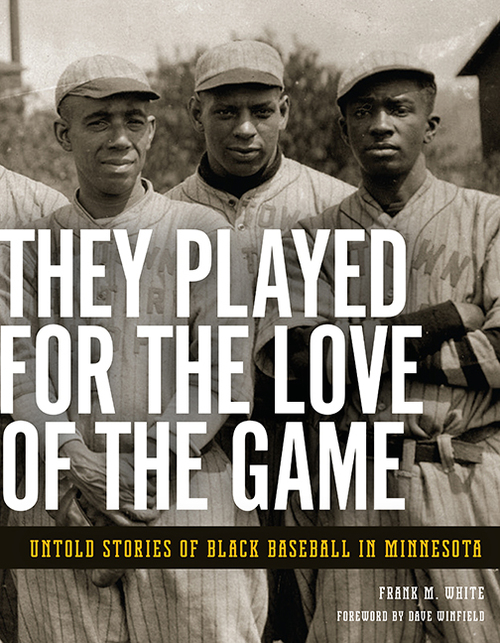
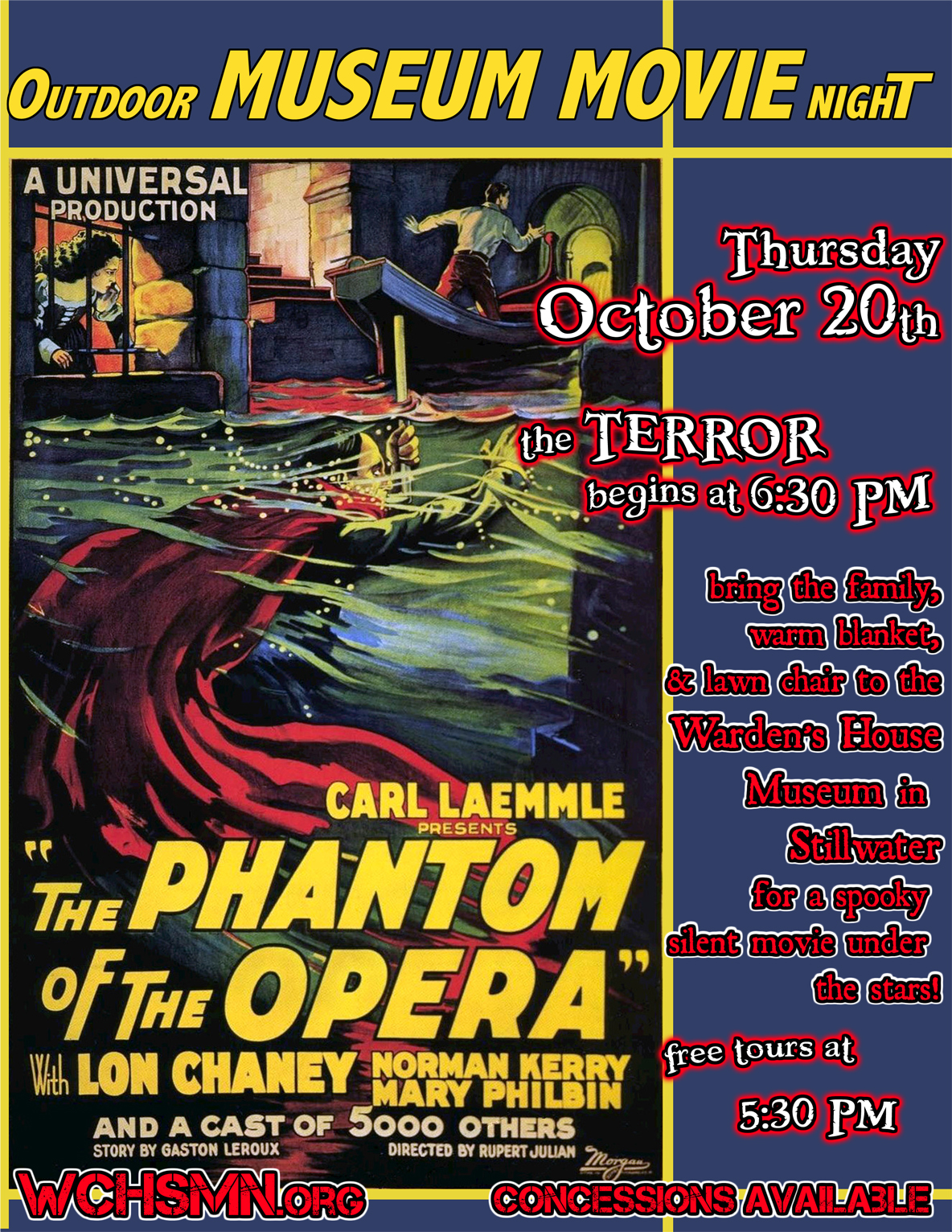 Outdoor Museum Movie Night presents: “The Phantom of the Opera”
Outdoor Museum Movie Night presents: “The Phantom of the Opera”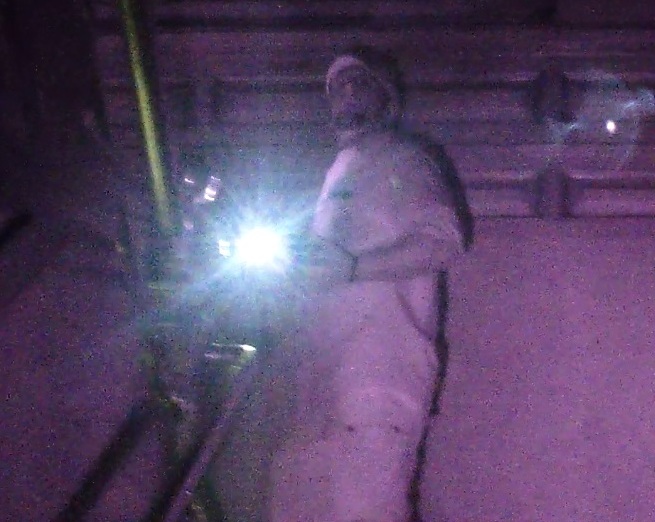 Paranormal Investigations: Techniques & Theories with the Johnsdale Paranormal Group
Paranormal Investigations: Techniques & Theories with the Johnsdale Paranormal Group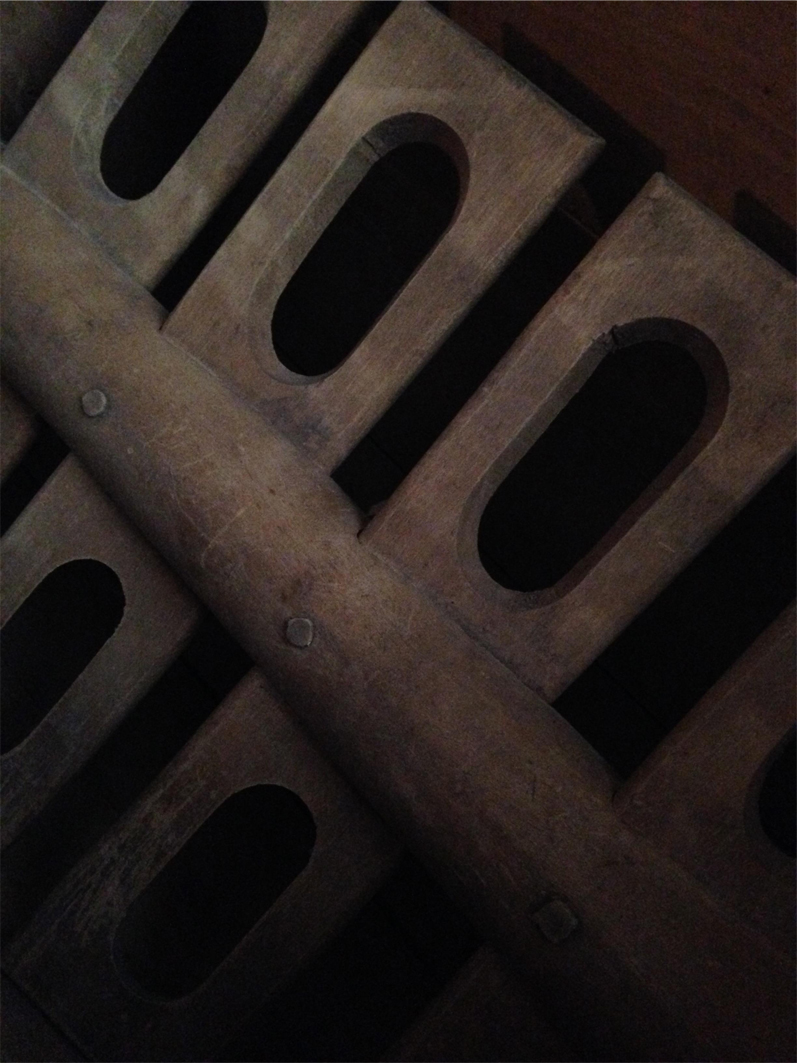
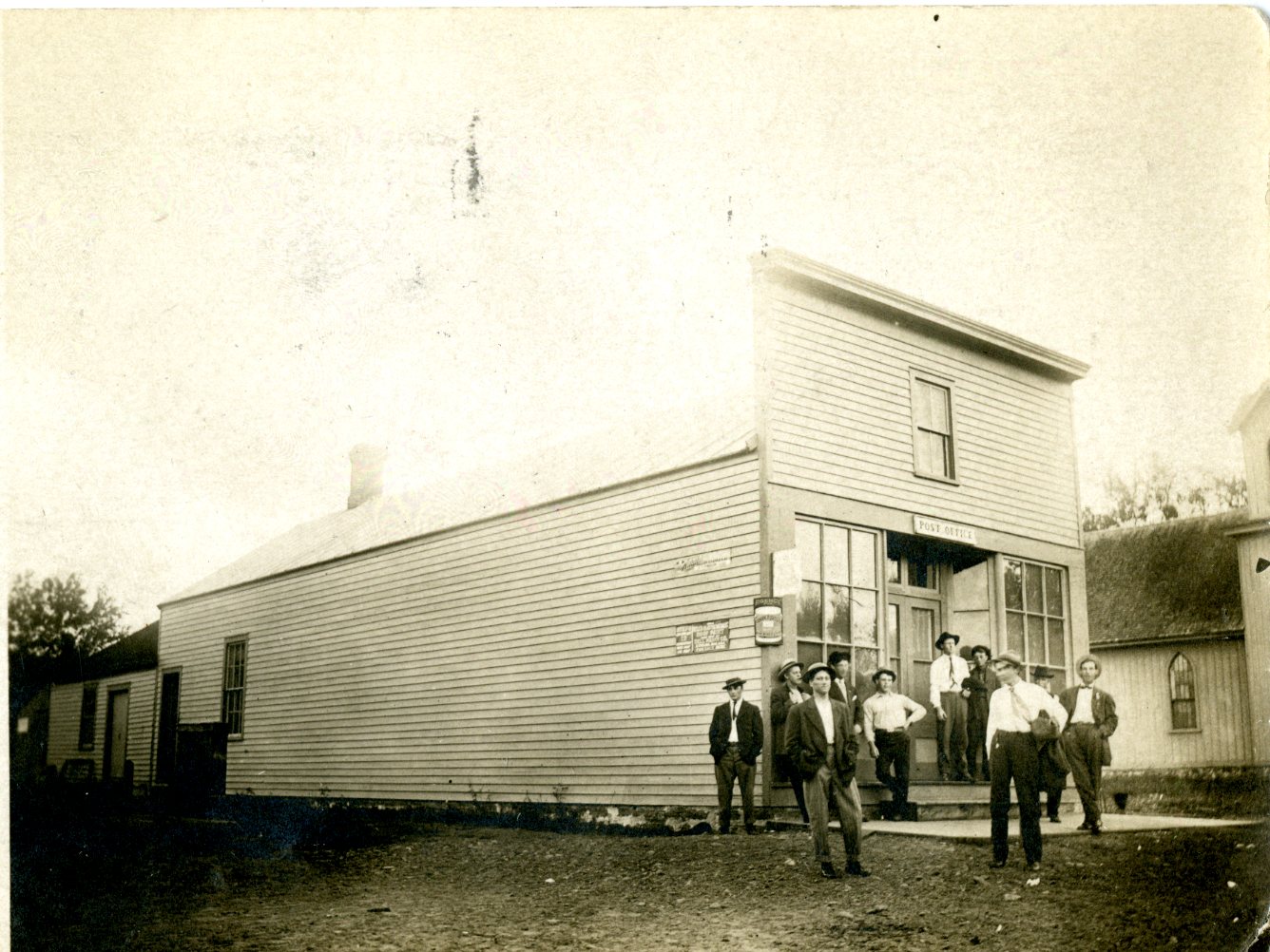 As early as 1840 a small settlement of French Canadians and their part-Indian families existed on the site of Lakeland Village along Lake St. Croix. Apparently these earliest settlers moved on, because by 1849 there were no buildings at the present village site.
As early as 1840 a small settlement of French Canadians and their part-Indian families existed on the site of Lakeland Village along Lake St. Croix. Apparently these earliest settlers moved on, because by 1849 there were no buildings at the present village site.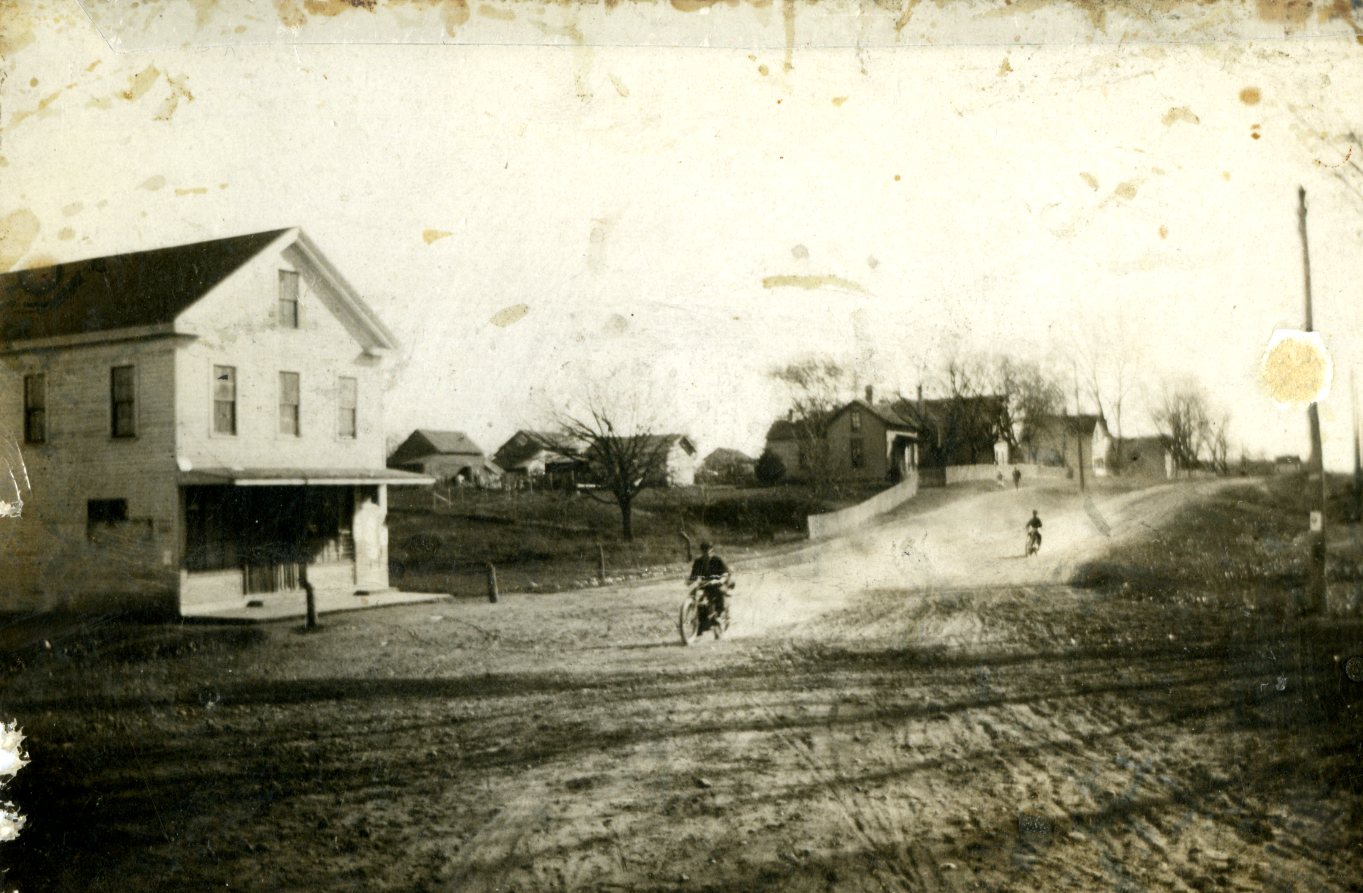

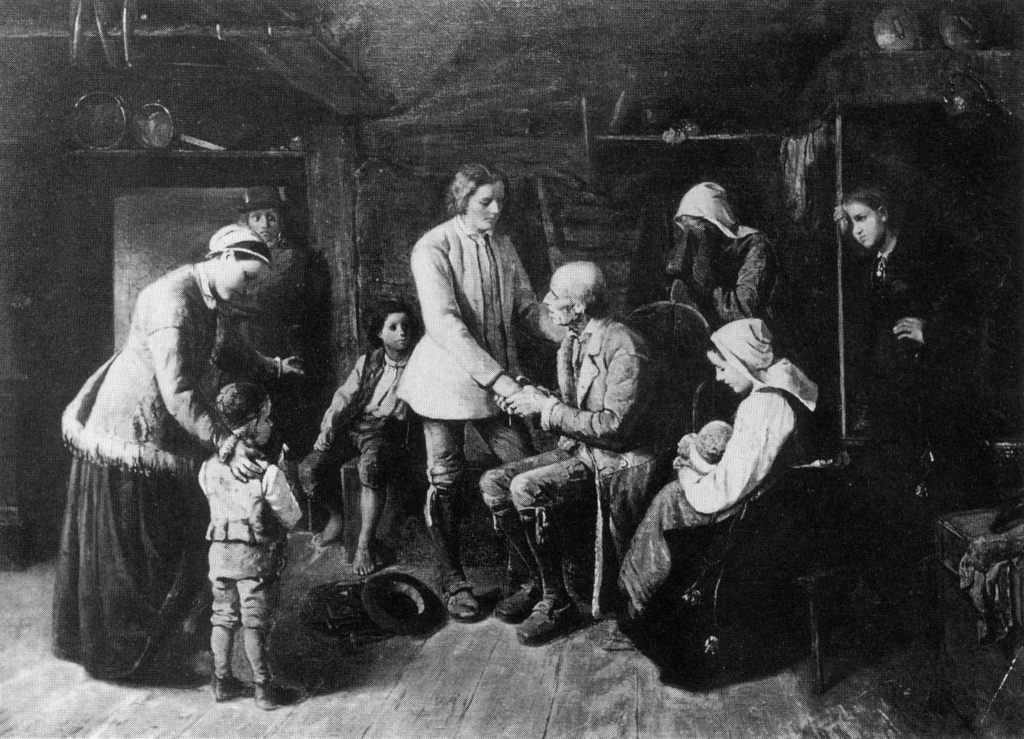
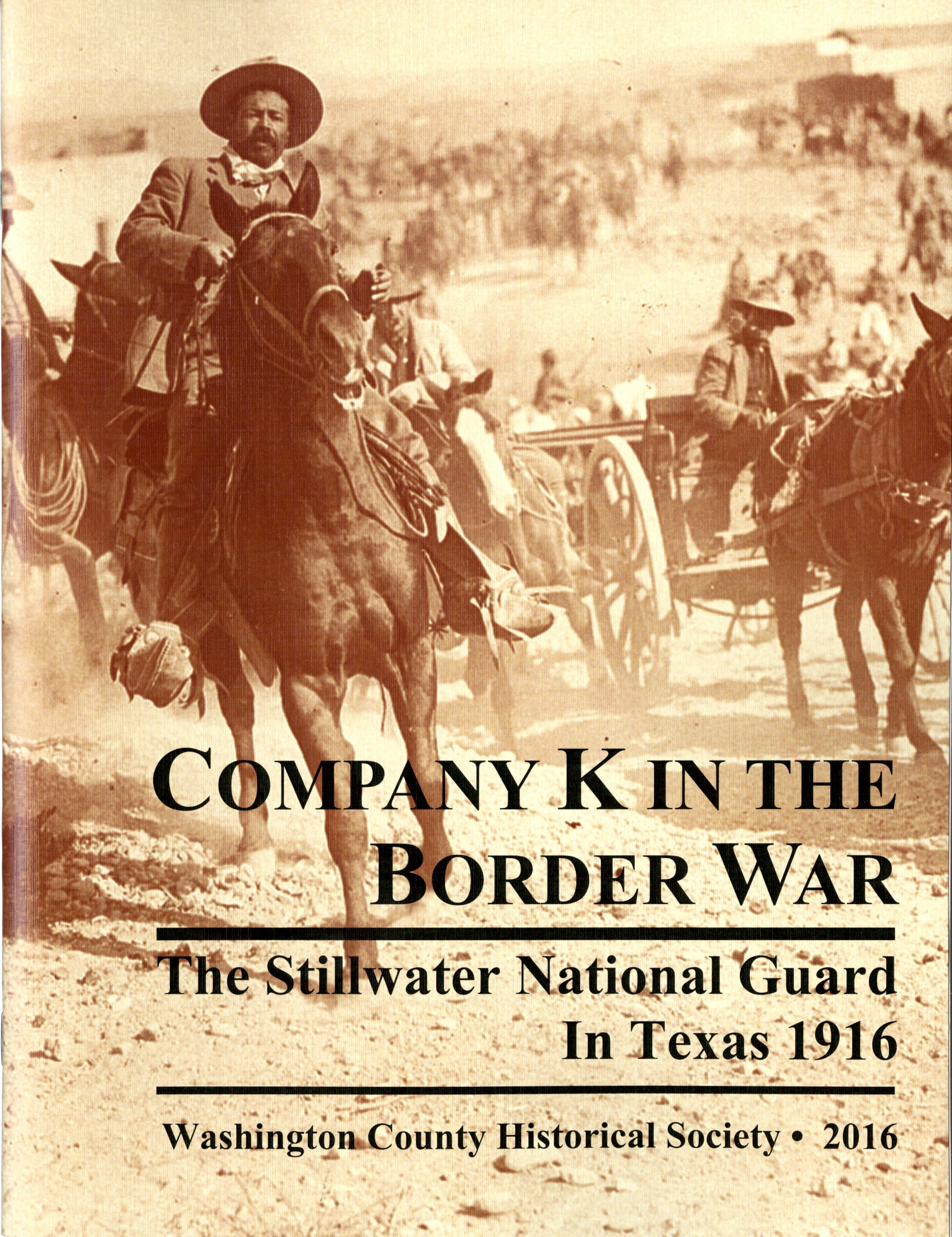
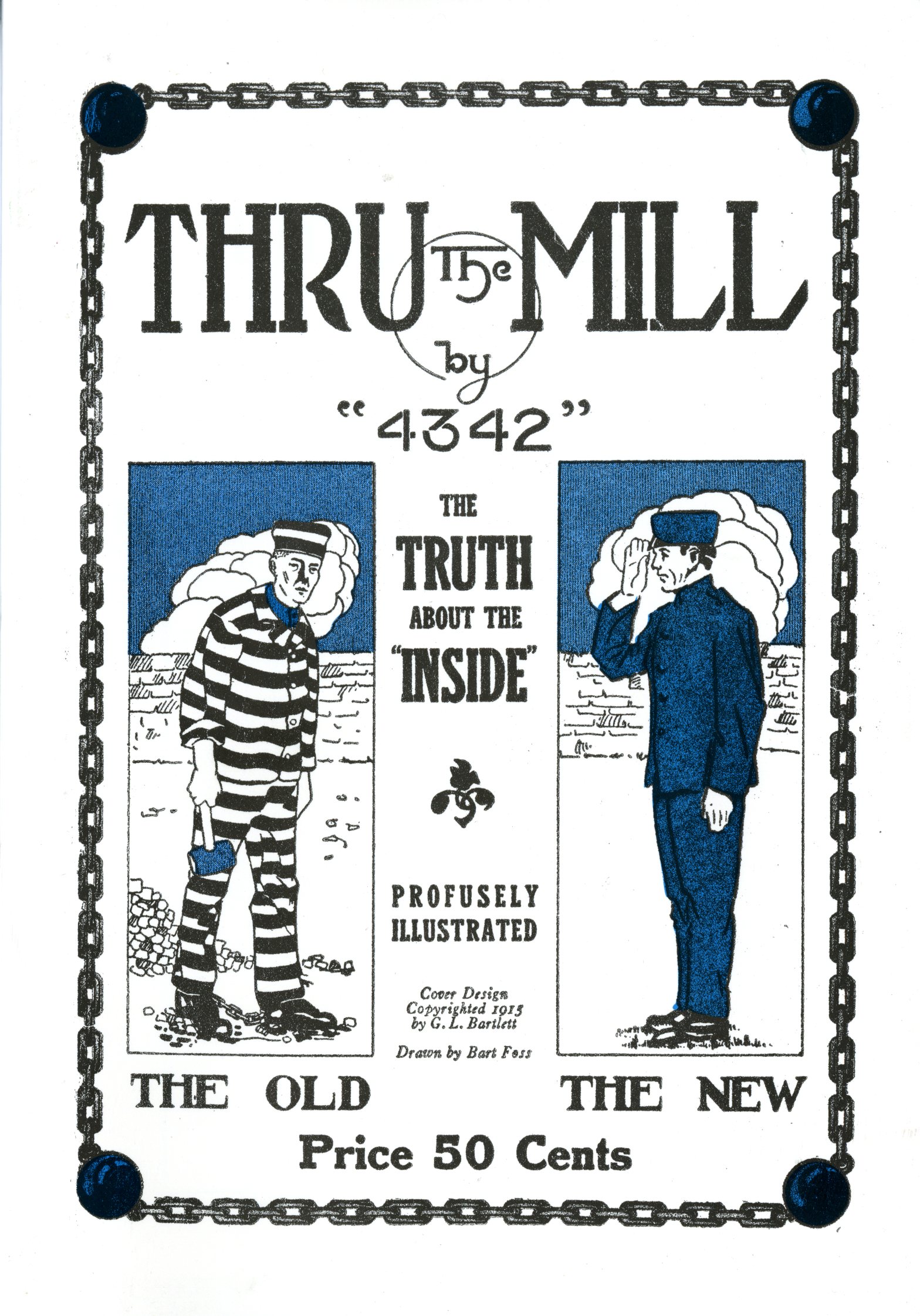
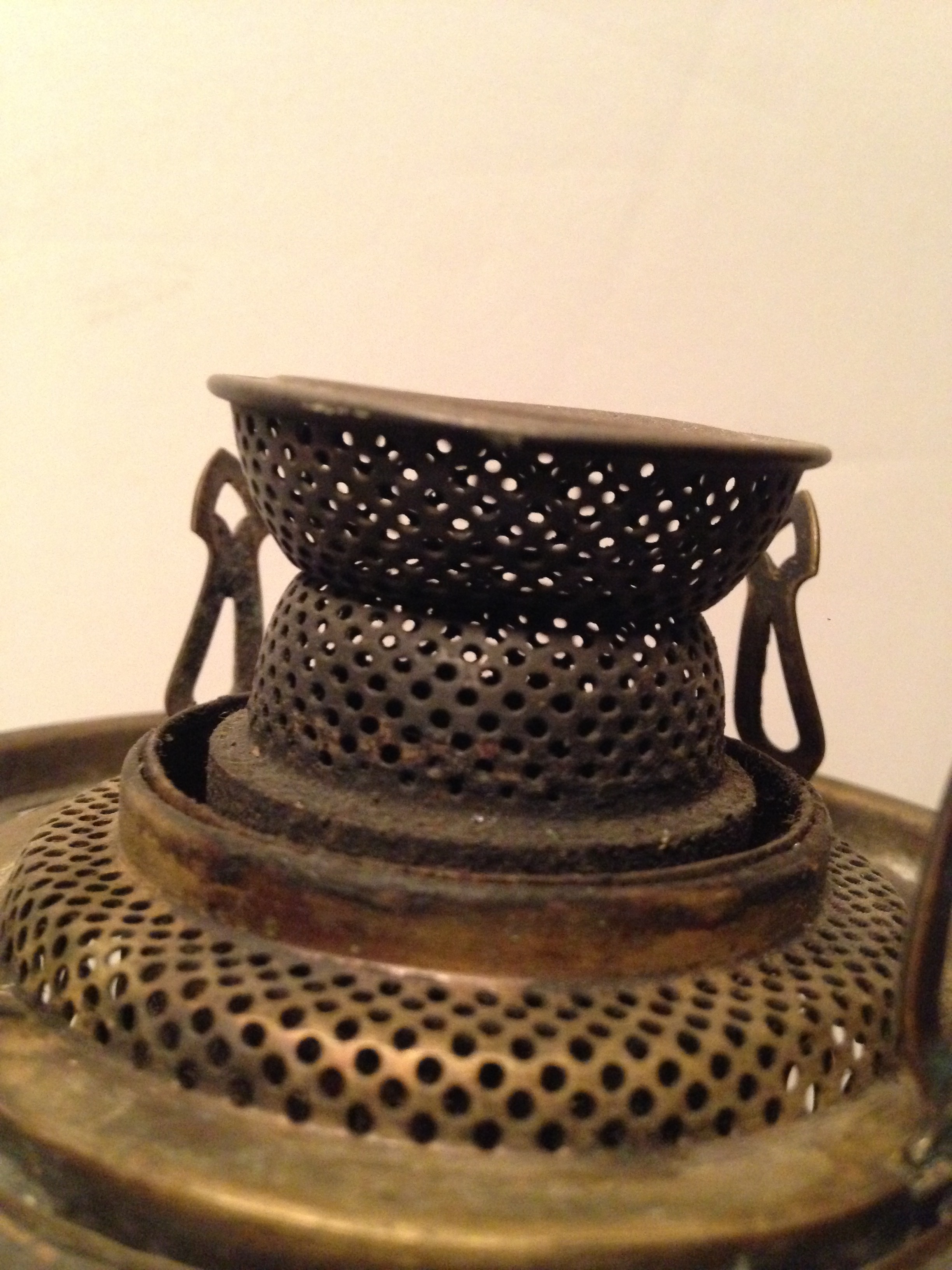
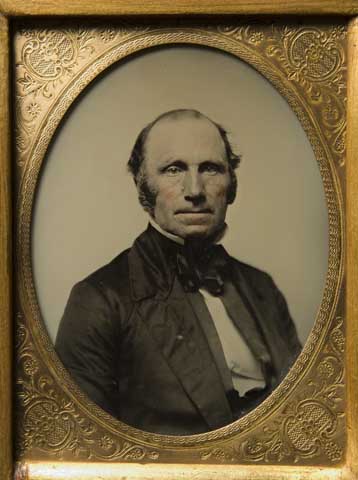 Last evening our entire community was startled by the announcement of the sudden and unexpected death, in a fit of apoplexy, of Gov. Holcombe, the present Mayor of our city. The sad event occurred at about 9 o’clock last (Monday) evening. He was with his family were setting in his room, when he thought he heard some one driving around his house, whom he supposed to be his nephew Willie Holcombe, and he went to the door to let him in, when he observed a cow that had by some means found her way into his yard. Going out he drove the cow out of the yard and was returning to the house when he was taken and it is supposed remained some ten or fifteen minutes before he was found. His family were attracted to this pot, which was in front of the house, by hearing him groan, and when they came to him asked him the matter he replied that it was one of his old attacks, “God have mercy on my soul,” and expired immediately.
Last evening our entire community was startled by the announcement of the sudden and unexpected death, in a fit of apoplexy, of Gov. Holcombe, the present Mayor of our city. The sad event occurred at about 9 o’clock last (Monday) evening. He was with his family were setting in his room, when he thought he heard some one driving around his house, whom he supposed to be his nephew Willie Holcombe, and he went to the door to let him in, when he observed a cow that had by some means found her way into his yard. Going out he drove the cow out of the yard and was returning to the house when he was taken and it is supposed remained some ten or fifteen minutes before he was found. His family were attracted to this pot, which was in front of the house, by hearing him groan, and when they came to him asked him the matter he replied that it was one of his old attacks, “God have mercy on my soul,” and expired immediately. 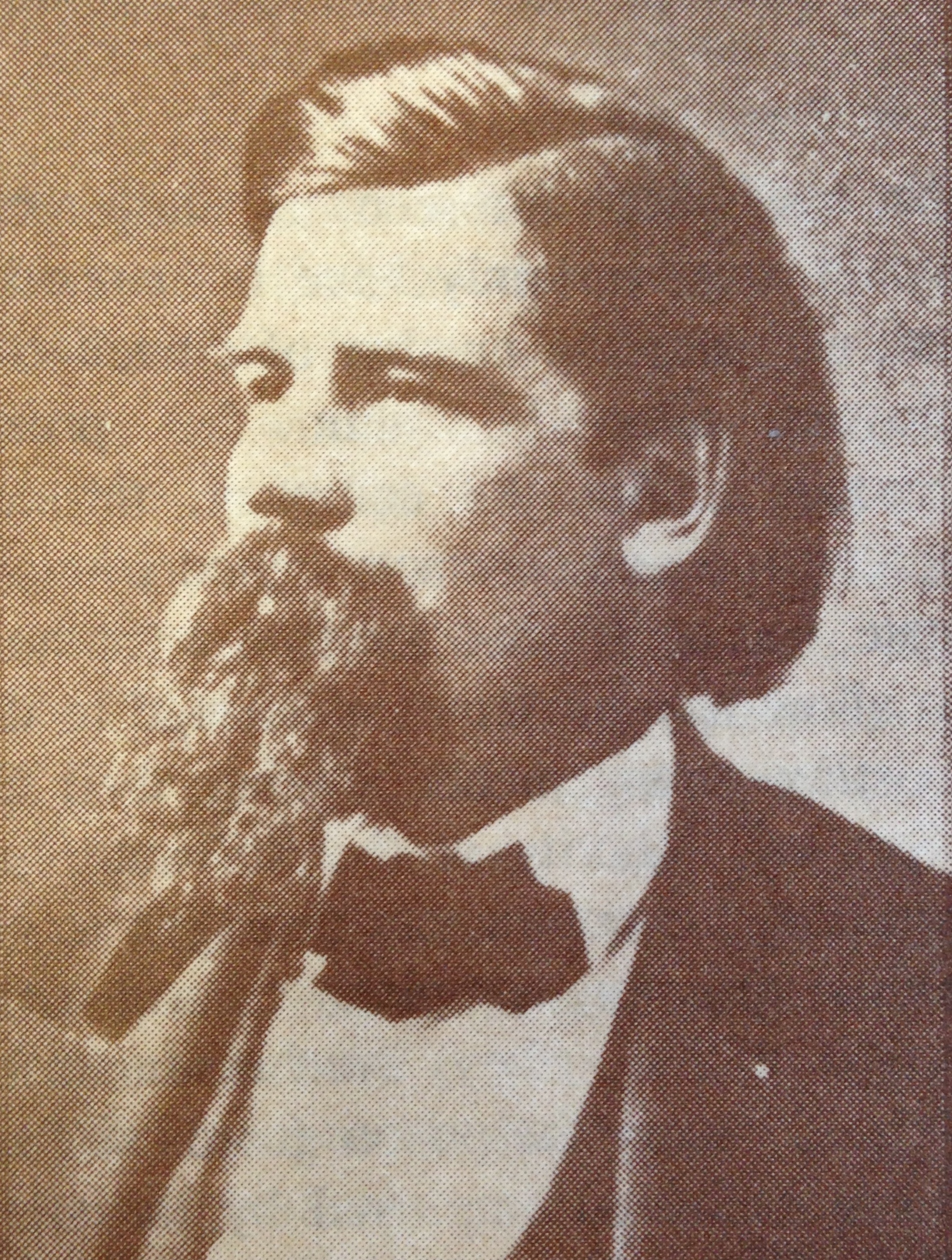 Dwight Sabin was born at Marseilles, Illinois on April 25, 1843. His father, Horace Carver Sabin, had large farm operations and a lumber business. He was an abolitionist, said to have been acquainted with Abram Lincoln, and even operated a station on the Underground Railroad. In 1856, the family returned to Connecticut, where his father was born and where the Sabin family had settled in 1740, from Scotland.
Dwight Sabin was born at Marseilles, Illinois on April 25, 1843. His father, Horace Carver Sabin, had large farm operations and a lumber business. He was an abolitionist, said to have been acquainted with Abram Lincoln, and even operated a station on the Underground Railroad. In 1856, the family returned to Connecticut, where his father was born and where the Sabin family had settled in 1740, from Scotland.